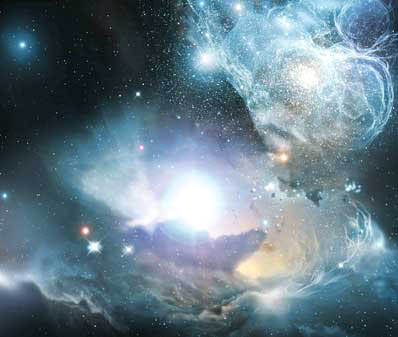
May 14, 2003 Garching, Germany - The Hubble Space Telescope-European Coordinating Facility and European Southern Observatory in Garching, Germany, near Munich, announced in April 2003 that Hubble has discovered what might be the "ashes" from the first stars in this universe. The powerful telescope found significant iron in the light from primordial quasars only 900 million years old. The theory is that the iron is the residue, the ashes, of first generation stars that formed perhaps as early as 200 million years after the Big Bang and then died in supernova explosions that produced all the iron later recycled into the quasars. According to Wolfram Freudling who led the Hubble research, 200 million years for first star births is much earlier than previously thought.
Click here to subscribe and get instant access to read this report.
Click here to check your existing subscription status.
Existing members, login below:
© 1998 - 2024 by Linda Moulton Howe.
All Rights Reserved.

